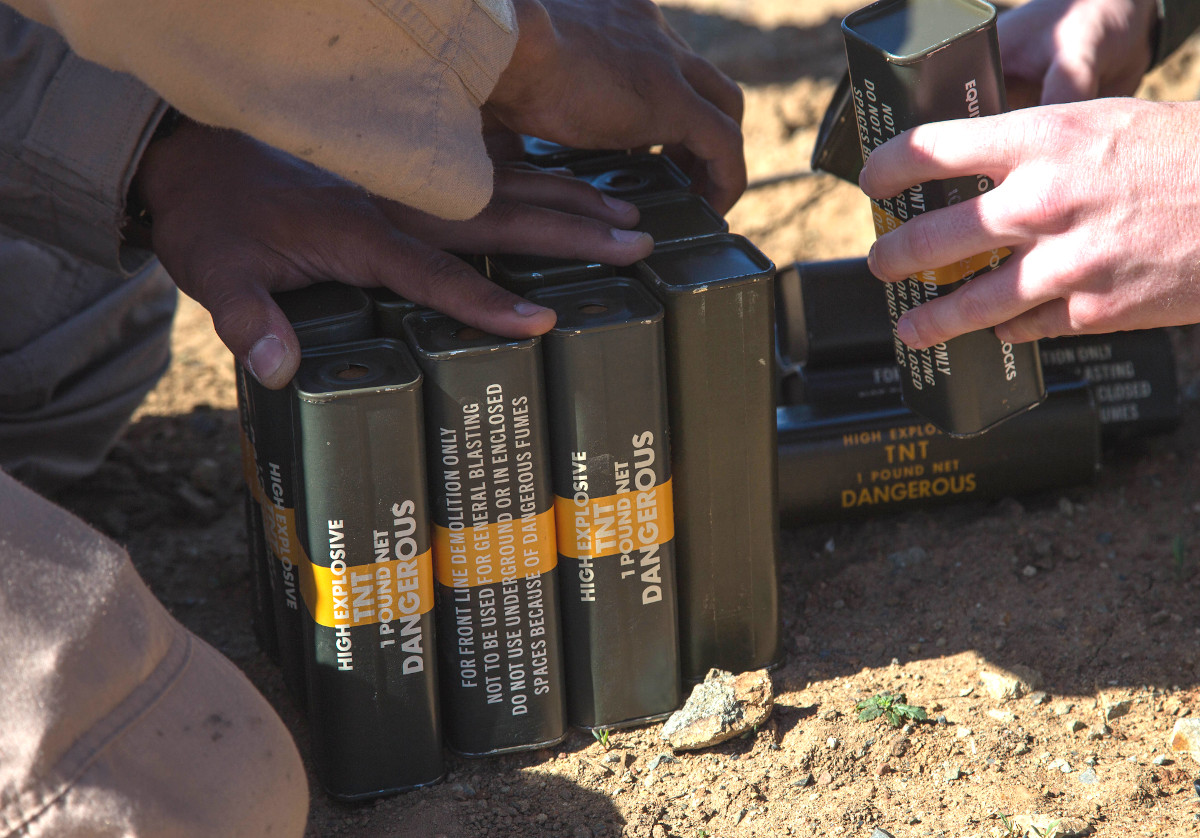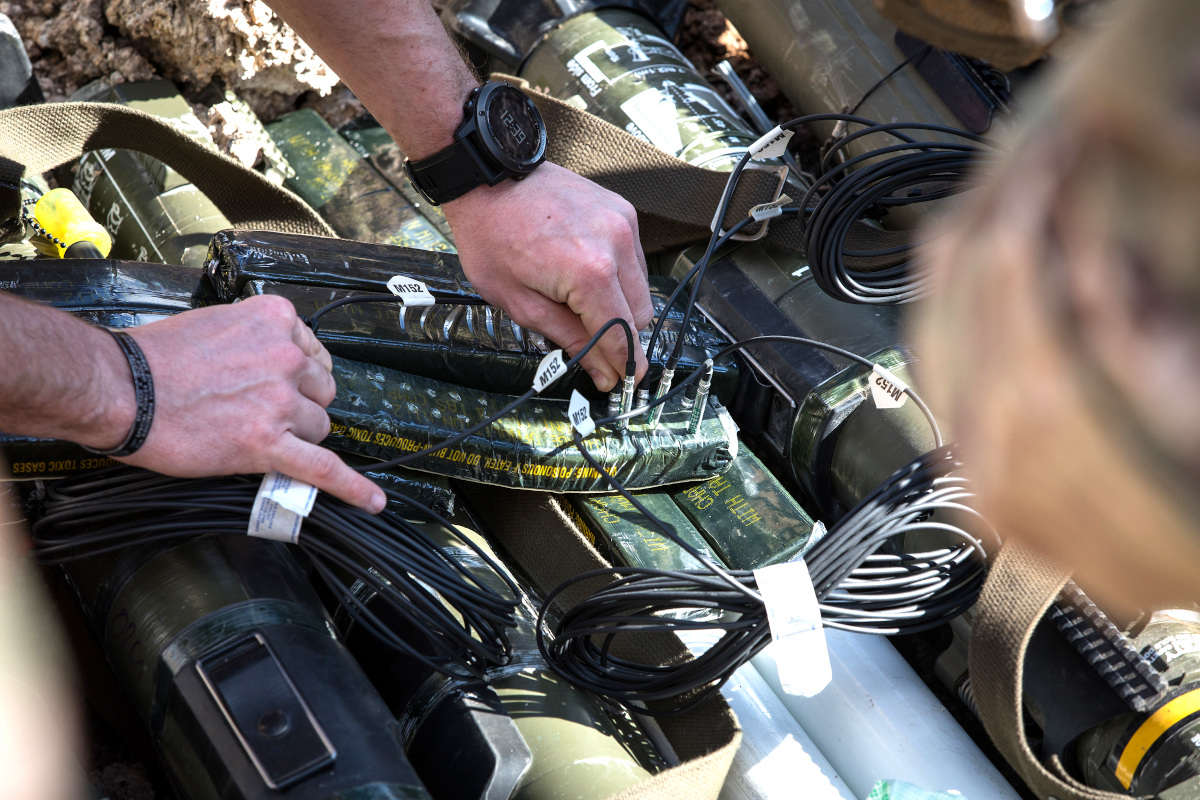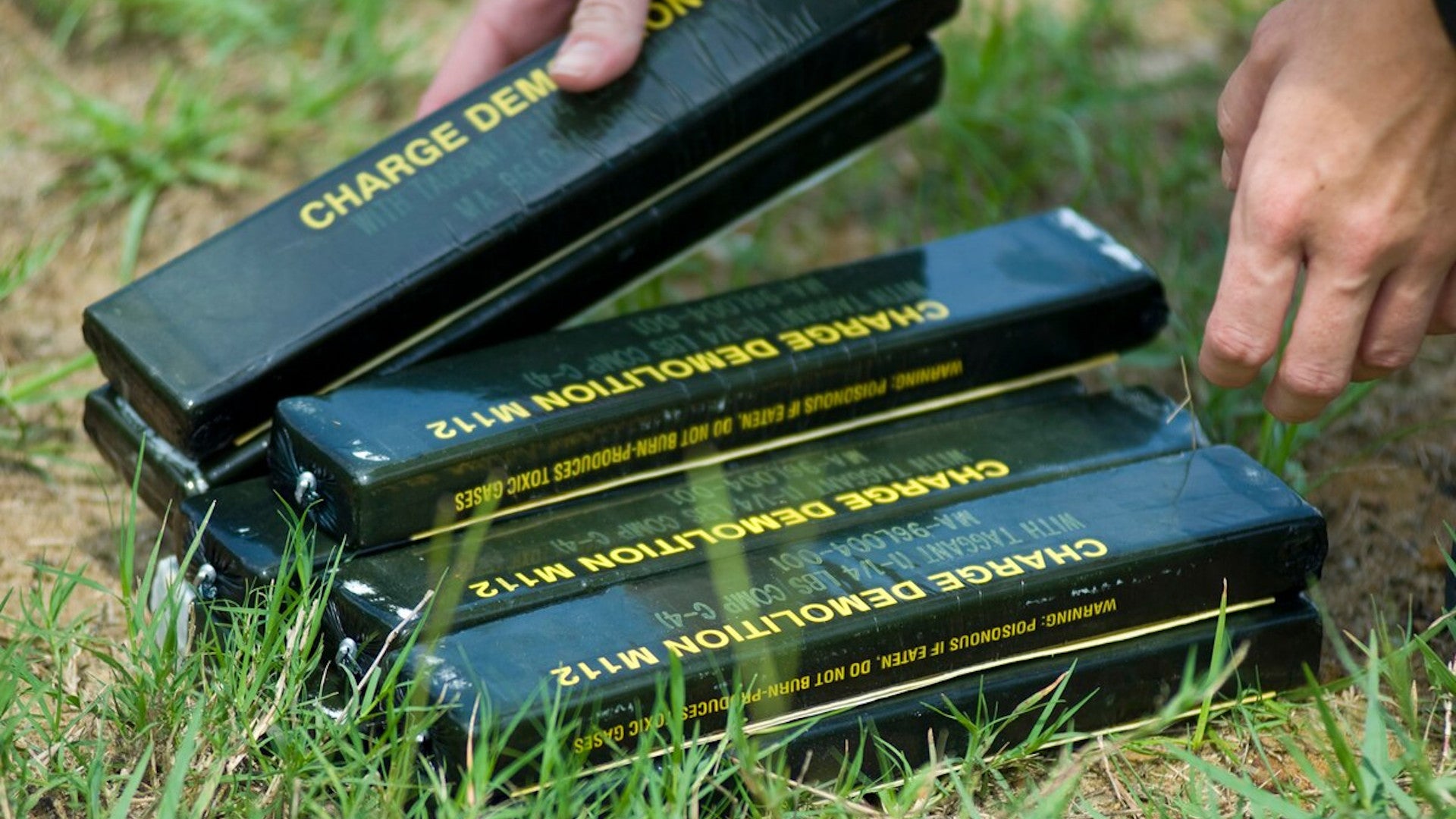A new report details how at least hundreds of pounds of U.S. military explosives and other ordnance, including bricks of C4, artillery shells, grenades, and rockets, as well as ancillary items like blasting caps and detonating cord, have been stolen, lost, or otherwise ended up unaccounted for over the last decade or so. Officials have downplayed these losses, but inherent issues in keeping track of stockpiles of explosives combined with spotty recordkeeping can only raise questions about the accuracy of that accounting and the effectiveness of existing security procedures.
The Associated Press
today published the results of an investigation it conducted into explosives that have gone unaccounted for across all branches of U.S. military, with the exception of the U.S. Space Force, between 2010 and 2020. Space Force was only formally established as a separate branch within the Department of the Air Force in December 2019. This new story, which is well worth reading in full, follows a report the AP
put out earlier this year about theft and other losses of firearms and other weapons throughout the U.S. military in the same timeframe.

The Army provided data to the AP in the form of a chart listing almost 1,900 separate instances of lost explosives, 1,066 involved C4 or TNT. “Other categories included artillery, mortars, land mines, grenades, rockets and armor-piercing 40 mm grenades shot from a launcher,” according to the report.
“In response to a Freedom of Information Act request, the Marine Corps released data that was too unclear to calculate a precise tally,” the piece added. “AP’s rough analysis showed that thousands of armor-piercing grenades and hundreds of pounds of plastic explosives were reported lost or stolen.”
Data from the Air Force said that the service had lost track of approximately 50 pounds of C4, as well as 800 feet of detonating cord and “several” 40mm grenades. The Navy responded to the AP‘s requests for information by saying that the service had only had 20 hand grenades stolen between 2010 and 2020.
On the face of it, these losses seem negligible and significant amounts of what is known to have gone missing has ultimately been recovered. The Army “has maintained proper accountability of 99.999984% of munitions,” Lieutenant Colonel Brandon Kelley, a spokesperson for the service, told AP, adding that around half of the items reported as missing between 2010 and 2020 had been recovered.
“The Air Force does very well regarding accountability of explosives,” Sarah Fiocco, another spokesperson, said in a separate statement when asked about that service’s losses. The Navy said that all but two of its missing grenades had been found.
At the same time, the AP investigation found that the very nature of how the U.S. military stores and issues explosives, especially for training and other non-combat uses, such as the disposal of unexploded ordnance, presents major recordkeeping challenges.
“While troops check guns in and out of armories, explosives are distributed from ammunition supply points with the presumption they will be detonated,” the report explains. “Although at least two people are supposed to sign consumption reports, it’s an honor system. If explosives are not used and vanish, only the thief might know.”

In response to the AP‘s questions, the Marine Corps said that “lost” explosives are often determined to actually be the result of discrepancies in inventory data that are in turn “attributed to human error, such as miscounts or improper documentation.” The data the Army provided was “a painstaking, manual records review” and “even with that review, researchers couldn’t always determine amounts, so for example it was not possible to know exactly how many pounds of C4/TNT were represented in the 1,066 entries,” according to the story.
When presented with documents showing that the Navy had lost track of 24 more grenades than they said, that service’s spokesperson said that information was “beyond the 2-year local records retention requirement” and was unknown to them. All of this only raises more questions about the reliability of the information at hand.
The obvious concern is that stolen or otherwise lost explosives and other ordnance could end up being used for a host of malign purposes by terrorists or criminals. However, AP‘s investigation strongly suggests that stealing these items presents itself as something so easy to do and get away with that people will do so for almost any reason.
One individual said they had stolen C4 because of fears that the United States would descend into a failed state if Hillary Clinton beat Donald Trump in the 2016 presidential election and a desire to protect their family. Another person took five feet of Deta Sheet, one brand of relatively thin plastic explosive that comes in rolls, along with fuzes, blasting caps, and even parts of land mine “to have some fun, maybe blow up some tree stumps.” In 2016, federal authorities declined to prosecute a retired Marine Lieutenant Colonel who was found to be in possession of C4, blasting caps, and detonating cord “citing the statute of limitations and the apparent lack of criminal intent.”

The difficulty in ensuring that ordnance and other explosives that are supposed to be expended actually get detonated creates other issues. The AP reported that there have been at least two instances in Mississippi that appear to involve enterprising individuals scouring military training ranges for scrap metal to sell and ending up with dangerous unexploded ordnance.
In August, an artillery shell exploded in a recycling yard in that state, killing a worker there. Afterward, another round was discovered at the same site. Local law enforcement suggests that they might have come from a nearby Mississippi Army National Guard facility, Camp Shelby, but officials there told the AP that there is no clear evidence of this.
Back in 2012, a man was injured in his home in Gulfport, Mississippi, after attempting to break apart an unexploded round that had been fired from a shoulder-fired AT4 anti-tank weapon. Authorities subsequently said that he had scrounged 51 of these projectiles from a range associated with Camp Shelby.

All of this feeds back into fears that these explosives could ultimately end up in the wrong hands, including through secondary and tertiary thefts. Authorities only found out about the person who just wanted to “have some fun,” Marine Sergeant Alex Krasovec, after investigating teenagers who had burglarized an abandoned house. Krasovec had hidden a backpack there containing the items he had stolen. That investigation led the Naval Criminal Investigative Service (NCIS) to Sergeant Travis Glosser, the Marine who had been worried about an impending societal collapse. Both Krasovec and Glosser were demolition trainers at the Marine Corps’ base at Camp Lejeune in North Carolina. Absent that break-in, there is no indication that anyone would have known about these thefts.
“Both Krasovec and Glosser pleaded guilty to theft of military property. Each was sentenced to less than two years of confinement in military prison, and both were knocked down in rank,” according to the AP. “Krasovec was booted from the service with a bad conduct discharge; Glosser is appealing his case.”
It remains to be seen what the U.S. military, as a whole, may do going forward to help improve the basic accounting of its stocks of explosives and various ordnance and work toward further reducing theft and other kinds of losses. Members of Congress have been pushing to include provisions in the annual defense policy bill, or National Defense Authorization Act (NDAA), for the 2022 Fiscal Year that would demand the entire Department of Defense adopt new and improved policies for keeping track of weapons and explosive ordnance.
What the AP has uncovered already certainly points to a need for better accounting to fully understand the seriousness of the situation.
Contact the author: joe@thedrive.com
